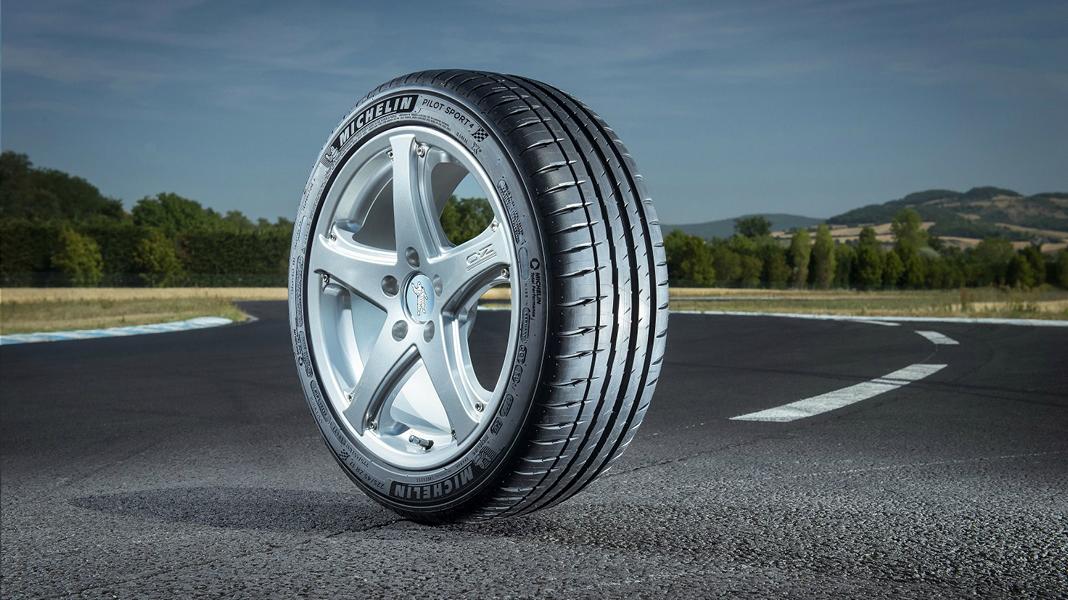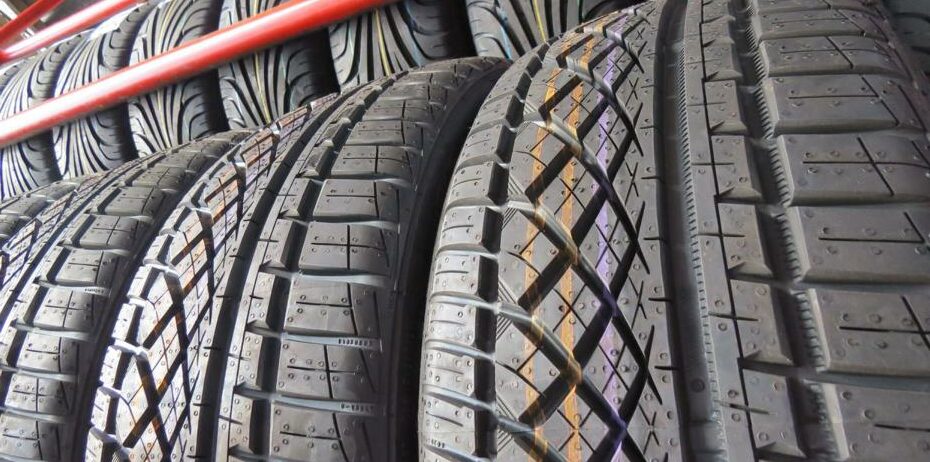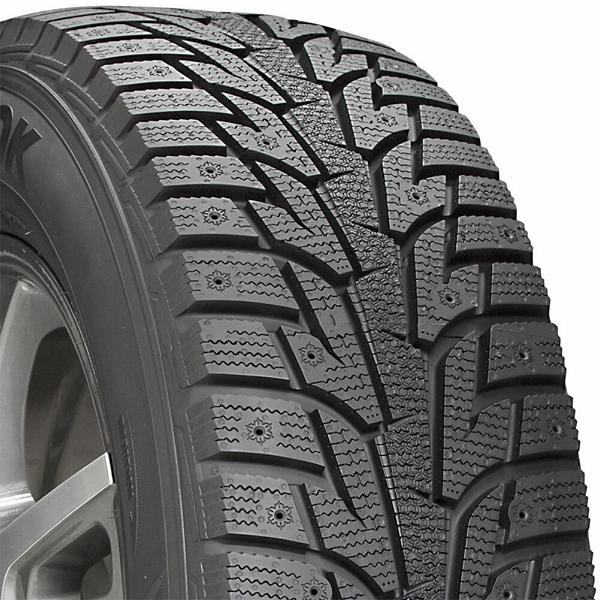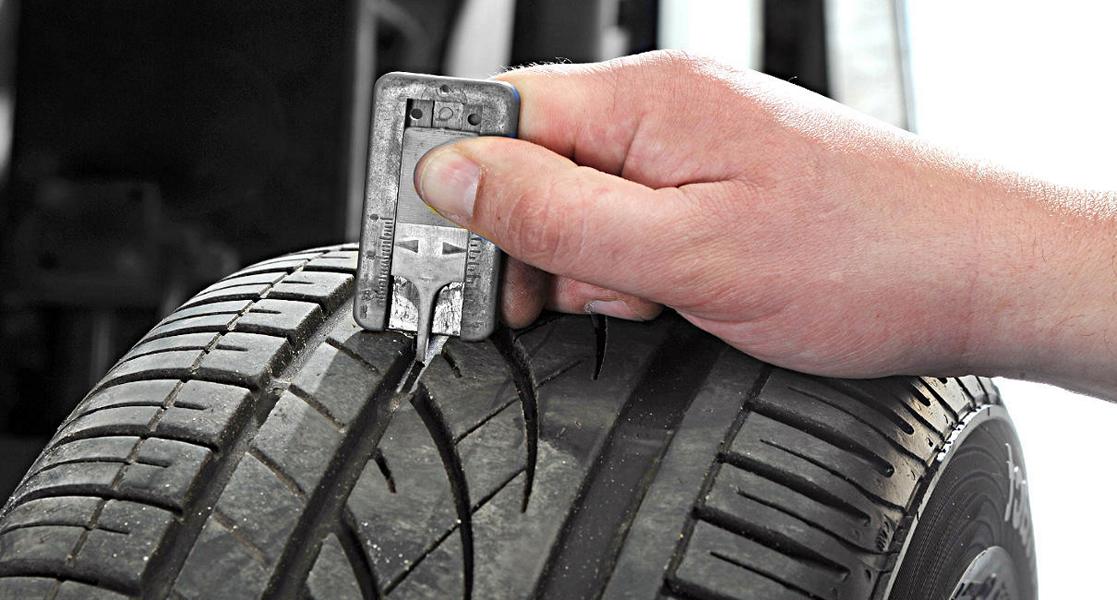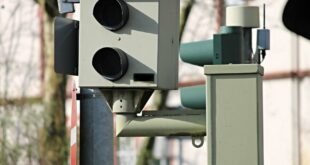The weather is a problem for many drivers because it is not a constant constant, but rather a changeable one. It is accordingly important to be able to rely on your car tires when driving. In principle, they are responsible for a large part of road safety. The treads of the tires are essential because they provide the necessary grip on the road in different weather situations. The following explains what differences there are, how big they can be and what they make up.
Structure and structure
A tire profile consists of different components, which only together form a maximum of safety competence. The different patterns therefore have an existential right to exist. Since the tire is the only point on the vehicle that has road contact, this is also the focus. The individual elements have the following meanings.
Block elements
- The block elements are the most common parts on the tire surface. Due to their size, they should ensure traction (the propulsion or pulling of the tire). In short, they are important for moving forward and for a good grip when braking. They do about the same job as the wide rubber ribs under mountaineering shoes. There are different models here, all of which are aligned and shaped in a different way, depending on the use and type of tire and manufacturer.
Lamellar elements
- The small notches between the blocks are called lamellas. How wide these are depends on the type of tire. Winter tires, for example, have more pronounced sipes to better counter the prevailing road conditions with snow and ice. The lamellas specifically prevent material (slush, water, mud) from settling between the blocks, and at the same time ensure more grip. In some cases the whole thing is supplemented by Pits. These have the function of cooling the tire down in order to avoid increased wear, but they are by no means found in all tire types.
Like a skeleton
- The whole profile is enclosed by ribswhich have a similar task to the human skeleton. To a certain extent, they keep the profile within the framework. Most of the time they are connected in straight lines, but there are also small notches. Among all the elements that make a good profile are the as grooves designated spaces that make the whole thing more flexible. Without it, the tires could neither drain the water nor guarantee full driving safety. They are also responsible for you lower noise level while driving. Grooves have different widths and these in turn have the following reason. The narrower they are, the less suitable they are in dry weather with high temperatures. They do not provide enough grip, but in contrast are highly efficient in aquaplaning and ensure a safe journey in water, ice and snow.
Different profiles - different tasks
Mainly one differentiates between Summer or winter tires. Many drivers also refer to this aspect. These two types of tread differ greatly from one another in terms of tread, but here too there are more differences than just the seasonal use of the tires. These are expressed in the tire profile. There are three different main profiles for cars alone.
The asymmetrical profile
This profile is characterized by differences on the right and left side of the tread. There are large profile blocks on the outside of the profile. These ensure the stability of the tire while driving. Inside, the tread blocks are smaller so that they can displace the water on the road. The peculiarity of asymmetrical tires is that they can be not allowed to mount at will. The inscriptions "Inside" and "Outside" can therefore be found on the sidewalls. And as the name suggests, the direction is crucial for the assembly.
Directional tread pattern
This tire profile is characterized by a special alignment of the blocks and grooves. They are in the form of a "V" or a "U". These tread tires are called directional treads. The profile is primarily suitable for a brisk driving style. Due to the special features of the profile, snow and water are effectively transported away, which is why it is preferred to be found on winter tires.
The symmetrical tire profile!
In contrast to asymmetrical tires, symmetrical tires can can be mounted as required. Here the block profile is aligned symmetrically to the center. This profile is particularly suitable for driving in the city and without significant overloading, such as for long journeys on motorways or expressways. They are therefore considered a safe choice for drivers who do not have any special demands on sportiness and the like. This tread pattern is popular for both summer and winter tires. However, this is true mainly for tires of normal cars. Tires for buses or off-road vehicles look different, have different properties and are equipped with coarse tread blocks.
Tread depth and new tires
The norm for the tread depth for new tires is between 7 and 9 mm. However, since tires or profiles gradually wear out, ADAC and TÜV recommend one exchange the tire with a tread depth of 3 to 4 mm. Otherwise, safety would no longer be guaranteed because the tire treads no longer function as intended. Legally, however, it is regulated differently, because here, there is only at 1,6 mm is a must for a change. Only then do the tires lose their approval due to being unfit to drive. To be on the safe side, it is advisable to measure the tread depth regularly. Mainly for summer tires in the millimeter range, different standards than for winter tires apply.
Of course, that wasn't the end of it!
tuningblog has countless other articles on the subject of car and auto tuning in stock. Do you want to see them all? Just click HERE and look around. In part, we would like to provide you with news but also off the tuning. In our category Tips, products, information & Co We have reviews of car or accessories manufacturers, new ones Tuning Wiki Terms or one or the other Leak veröffentlicht. Following an excerpt of the last articles:
|
Autumn is just around the corner, as a driver you have to watch out for it! |
"Tuningblog.eu" - we keep you up to date on the subject of car tuning and car styling with our tuning magazine and we present you the latest tuned vehicles from all over the world every day. It's best to subscribe to ours Feed and will automatically be informed as soon as there is something new about this post, and of course also to all other contributions.
 tuningblog.eu Your magazine about tuning the car
tuningblog.eu Your magazine about tuning the car
